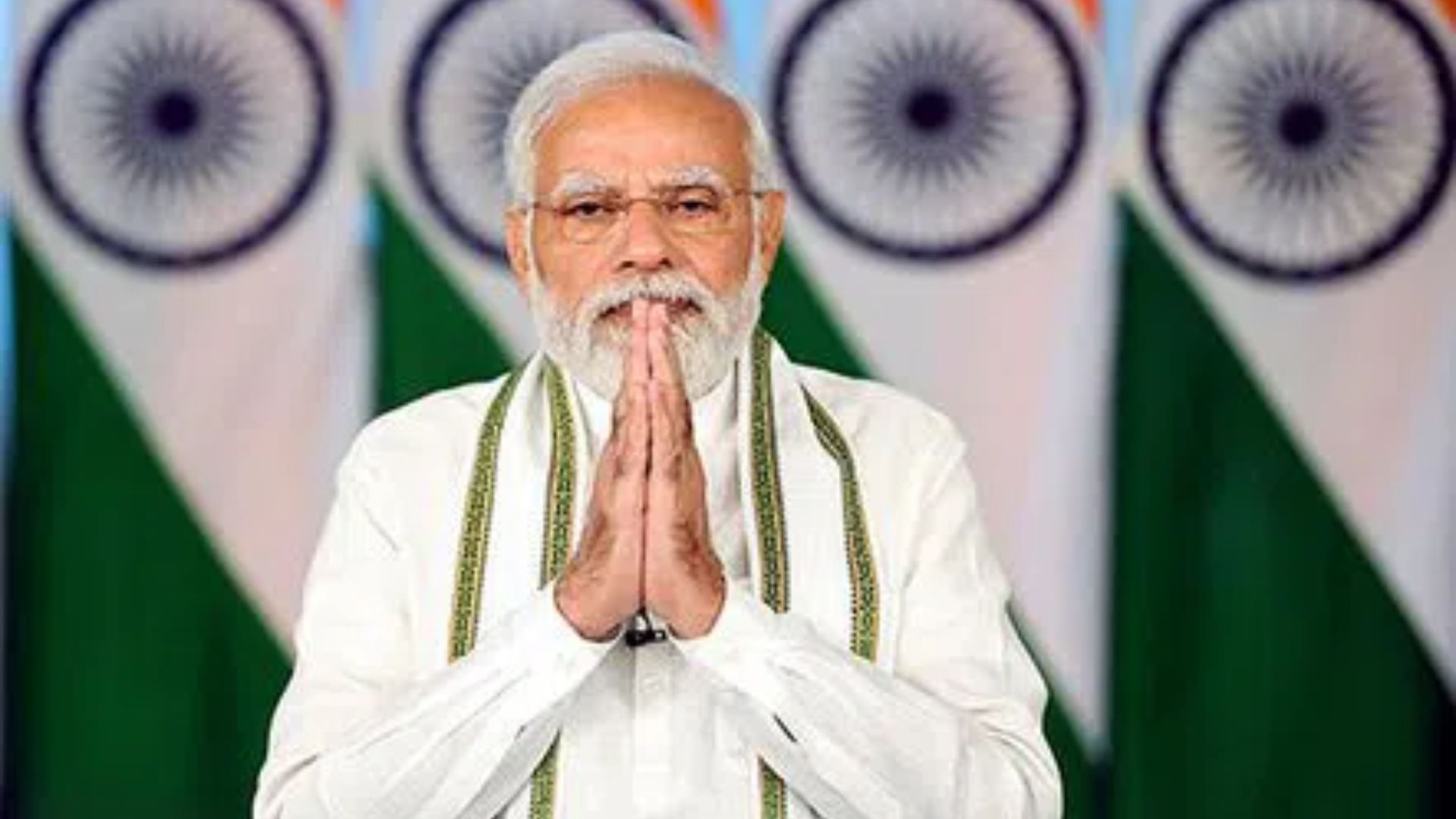
If we look at all the budgets presented by the Modi government in the last ten years (including two vote-on-account budgets), the emphasis has been on four themes when it comes to expenditure outlays.
The first one is a targeted welfare scheme, whether it is the PM Kissan Samman Yojana for 11.8 crore farmers, free or subsidised rations to about 80 crore Indians, or an LPG subsidy. This has been achieved effectively by the trio JAM (Jhan Dhan, Aadhar, and Mobile). Although the credit for the Aadhar introduction should go to the UPA government, opening about 50 crore Jan Dhan accounts and imaginatively linking all three for Direct Benefit Transfer (DBT) should go to the Modi government. This not only ensured the reaching of DBT to the targeted beneficiaries with no leakage but also saved the government about 2.7 lakh crore, which would have otherwise gone as leakage.
The second one is amenities for ease of living, especially for those who have been left out for decades after independence. The schemes include toilets built under the Swachh Bharat Mission, Pradhan Mantri Ujjwala Yojana (PMUY), electricity connection to the home, the PM Awas Yojana for rural and urban housing needs, and Jal Jeevan, which made life easier for those who had never experienced it earlier. About 11 crore individual toilets have been constructed so far. With the Jal Jeevan mission under progress, it is expected that the use of toilets will increase, as water is extremely critical to using and maintaining toilets. About 9.6 crore LPG connections were given under PMUY. The average consumption of a non-PMUY connection is 6.67 cylinders per year, whereas that of PMUY beneficiaries is only about 3.53 cylinders per year. With the state governments pitching in to provide additional subsidies for PMUY beneficiaries, the number of refills by PMUY beneficiaries will increase.
Pradhan Mantri Jan Arogya Yojana (Health insurance to the tune of INR 5 lakh) has been given to 30 crore beneficiaries so far. There is a discerning difference between the earlier governments’ approach of ‘provisioning up-to-village level’ and the Modi government’s approach of “provisioning at the household level” on all schemes.
The third one is the PM Mudra Yojana, where 43 crore loans were given to the tune of 22.5 lakh crore (average loan amount of INR 52,326). By providing 30 crore loans to the women, the government clearly targeted the women as the key beneficiaries of the PM Mudra Yojana. This not only empowers the women but also ensures that the income from petty business activities is used for constructive household expenditures like good food, education, and health by the earning women. Although there is a tug of war on unemployment rates between pro-government and anti-government lobbies based on cherry-picking of data, the disbursement of Mudra loans has eased the employment problem to a great extent. Given the fact that about 55% of the total employed persons are self-employed in India, the Mudra Yojana provided the needed lease of air for this large segment of people contributing to economic development. This is to sustain the economic activities of people who are in the self-employed sector. Supportive schemes such as PM-SVANidhi (78 lakh loans for street vendors), PM-JANMAN Yojana, PM-Vishwakarma Yojana, and Pradhan Mantri Laghu Vyapari Maandhan Yojana (National Pension Scheme for Traders and Self Employed Persons) also add flavour to the PM Mudhra scheme.
If the above three themes apply to the current needs of the large populace of India, the push for infrastructure development is for Vikshit Bharat (developed India) in 2047. India has been known for its infrastructure deficit since it opened its economy in 1991. Although the concerted efforts to improve infrastructure started in the Vajpayee era and continued during the Manmohan era, the aggressive push for infrastructure started in the Modi era and continues unabatedly all through the budgets. Although there are conflicting views about the logistics costs in terms of GDP (some reports put it at 13%–14% and others at 8%), the enormous delay in transporting goods from source to destination is visible and palpable. Spending on infrastructure has a maximum multiplier effect of 3, which is not achieved in any other spending by the government. In that sense, capital expenditure on infrastructure is a positive approach and falls under constructive spending as it creates GDP and employment opportunities. The capex on rail and road development has been staggeringly high since 2014. Unlike UPA II, which spent INR 2.3 lakh crore for IR, Modi 1 and Modi 2 spent INR 4.96 lakh crore and 9.79 lakh crore (despite the economic slowdown due to COVID), respectively. On roads, Modi 1 and Modi 2 spent 6.2 lakh crore and 11.68 lakh crore, respectively, which is way higher than the UPA era. Although infrastructural spending may be ridiculed by quoting the archaic Keynes phrase “All is dead in the long run,” infrastructural spending has a clear seminal effect. The architects of the infrastructural push of today may not be there to see Vikshit Bharat in 2047, but their imprint will be there to see all over.
The interesting part of all the budgets submitted by the Modi government is that there is a clear consistency in welfare economics, ease of living, self-employment opportunities, and aggressive infrastructure push. As there is a clear continuum on all these four themes, there is no need for a populistic vote on the account budget, and that is precisely what the FM did while presenting the interim budget for FY 2024–25.